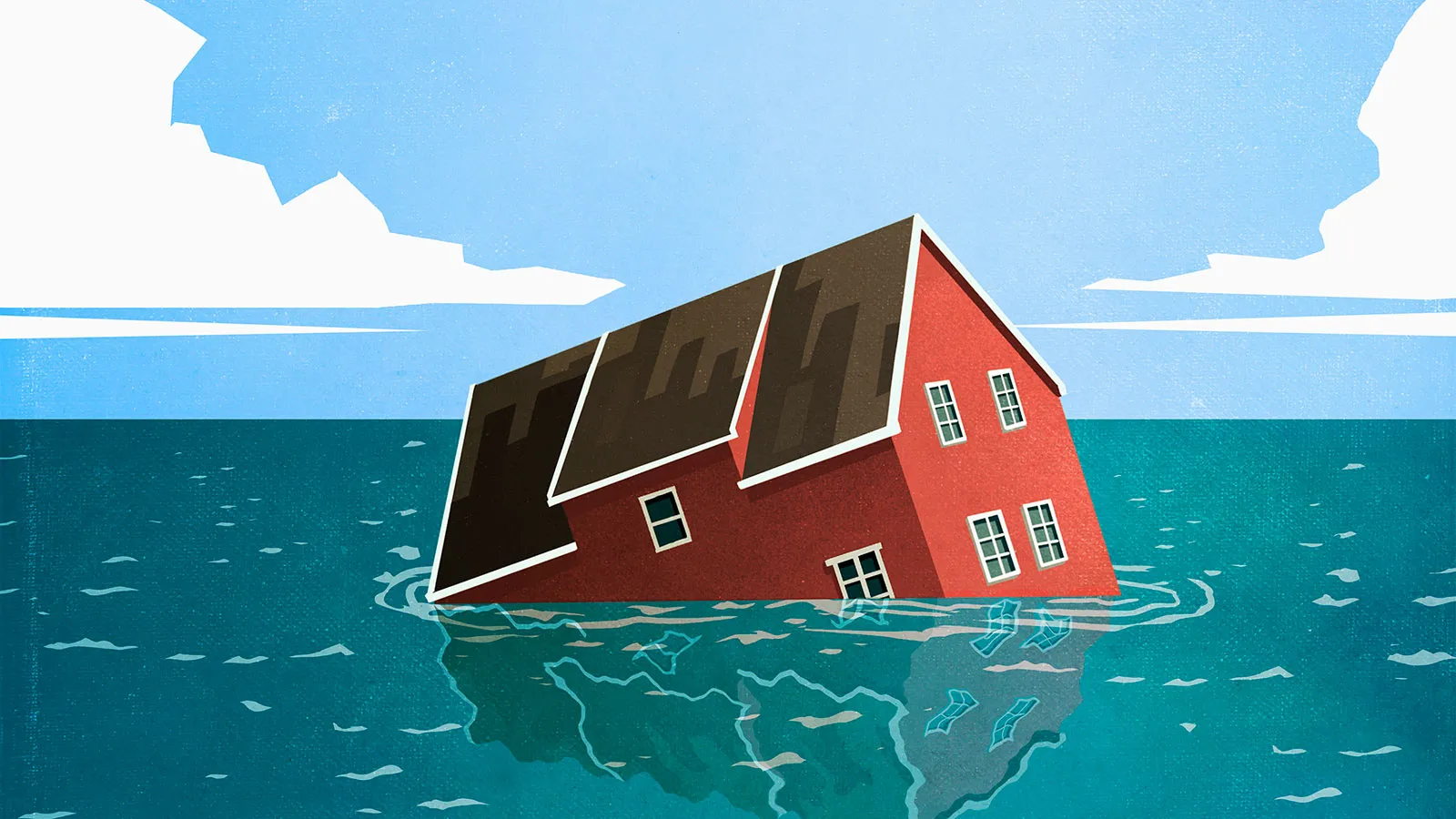Introduction
Flood insurance is one of the most prevalent and costly natural disasters worldwide, causing significant financial and emotional strain on affected homeowners. Despite the increasing frequency and severity of floods due to climate change, many homeowners remain unaware of the necessity and benefits of flood insurance. This article explores the importance of flood insurance, how it works, and what homeowners need to know to protect their properties and finances.
The Importance of Flood Insurance
Flood insurance provides critical financial protection against damage caused by flooding. Unlike standard homeowners insurance, which typically covers water damage from internal sources such as burst pipes, flood insurance specifically addresses damage from external water sources like heavy rain, storm surges, or overflowing rivers. Given the substantial financial burden that flooding can impose, flood insurance is an essential safeguard for homeowners, especially those in high-risk areas.
How Flood Insurance Works
Flood insurance is often administered through government programs, such as the National Flood Insurance Program in the United States, but private insurers also offer coverage. Here’s a breakdown of how flood insurance works:
- Eligibility and Coverage:
- Eligibility: Flood coverage is available to homeowners, renters, and businesses. In many countries, properties in high-risk flood areas with government-backed mortgages are required to have flood insurance.
- Coverage: Policies typically cover the structure of the building and its contents. This includes electrical and plumbing systems, appliances, carpeting, furniture, clothing, and other personal belongings. However, coverage limits can vary, so it’s essential to understand the specifics of your policy.
- Premiums and Costs:
- Premiums: The cost of flood insurance premiums depends on several factors, including the property’s location, flood risk, building design, and the amount of coverage. Properties in high-risk areas generally have higher premiums.
- Deductibles: Like other types of insurance, flood insurance policies have deductibles, which is the amount the policyholder must pay out-of-pocket before the insurance coverage kicks in. Choosing a higher deductible can lower the premium but increases the financial responsibility in the event of a flood.
- Claims and Payouts:
- Filing a Claim: After a flood, policyholders must file a claim with their insurance provider. It’s crucial to document all damage with photos and keep records of any repairs or expenses incurred.
- Payouts: Once the claim is approved, the insurance provider will issue a payout based on the extent of the damage and the terms of the policy. This payout helps homeowners repair or replace damaged property, mitigating the financial impact of the flood.
Key Considerations for Homeowners
When considering flood coverage, homeowners should keep the following factors in mind:
- Assessing Flood Risk:
- Understanding your property’s flood risk is vital. Flood maps and risk assessments can provide insights into the likelihood of flooding in your area. Even properties outside of designated high-risk areas can experience flooding, so it’s wise to evaluate the potential risks comprehensively.
- Policy Details:
- Carefully review the terms and conditions of any flood coverage policy. Pay attention to coverage limits, exclusions, and deductible amounts. Some policies may exclude coverage for basements or certain types of property, so ensure you understand what is and isn’t covered.
- Mitigation Efforts:
- Implementing flood mitigation measures can reduce your risk and potentially lower your insurance premiums. This includes actions like elevating the property, installing flood barriers, and improving drainage systems. Insurance providers may offer discounts for properties that have taken steps to mitigate flood risks.
Conclusion
Flood insurance is a vital component of a comprehensive home protection plan. As the threat of flooding continues to grow due to climate change, being adequately insured against flood damage is more important than ever. By understanding how flood Coverage works and taking proactive steps to assess and mitigate risks, homeowners can safeguard their properties and financial well-being against the devastating effects of flooding.
